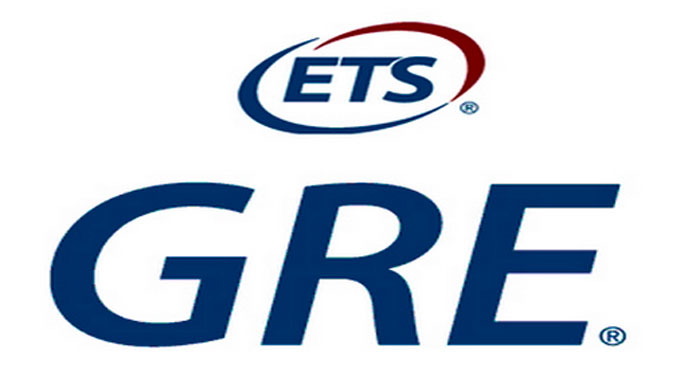
The Graduate Record Examination is a Standardized test that measures verbal, mathematical and analytical skills. It is intended to help the graduate schools (in all fields other than business) assess the potential of applicants for advanced study. Nearly 2300 universities in the US require GRE® scores from each applicant.
The GRE tests the fundamental skills – Reasoning and Comprehension included – and does not require any subject-specific theoretical study. (This is true only for the General GRE Test, and not the GRE Subject, which is required by certain universities. In this section, we mean the General GRE Test whenever we refer to the GRE Test)
The test is designed in such a way that it would be unlike any other test you would have taken at school or college. First, the test has no question paper or answer sheets, nor does it have the same set of questions for all the examinees. Further, it does not give you the option of not answering a question (unless, of course, you run out of time in the end). All this because the GRE Test is an entirely Computer-based test – the keyboard and mouse do the work of a pen or pencil. The test is scored out of 1600 (in multiples of 10).
The GRE Test is only one of several parameters which the graduate schools look at to determine the selection of an applicant. A high score alone does not translate into an admission offer from a great school. But the test can be looked upon as the first major hurdle to be cleared in the process of getting admission into a Graduate school of your choice.
The GRE provides a common tool for admissions officers to compare hundreds of applicants irrespective of their work experience, undergraduate GPA, undergraduate school and program.
The GRE Consists of:
Verbal Reasoning:
Reading Comprehension and CR: These questions test your ability to understand the structure of a test, analyze a text and reach conclusions about it, identify the author’s assumptions and perspective, distinguish between minor and major points, understand how parts of a text relate to each other and reason from incomplete data to infer missing information among other things.
Text Completion: This question tests your ability to understand the correlation between componential parts of sentences and texts. This question consists of 1-5 sentences with 1-3 blanks with several answer choices for each blank.
Sentence Equivalence: This question consists of a single sentence with 1 blank and 6 answer choices. Test takers are required to choose 2 answers.
Quantitative Reasoning:
Multiple-choice Questions — Select One Answer Choice
These are multiple choice questions that ask you to select 1 answer from among 5 choices.
Multiple-choice Questions — Select One or More Answer Choices
These are multiple choice questions that ask you to select more than 1 answer. A question may or may not tell you how many choices you are required to select.
Numeric Entry Questions
Questions of this type ask you either to enter the answer as an integer or a decimal in a single answer box or to enter it as a fraction in two separate boxes
Quantitative Comparison Questions
These questions ask you to compare 2 quantities and then choose 1 answer that best describes the comparison from among 4 choices.
Analytical Writing Assessment:
Analysis of an Issue: This essay tests your ability to analyze the complexities behind an issue or opinion and form a persuasive position on the same issue or opinion.
Analysis of an Argument: The Analyze an Argument task assesses your ability to understand, analyze and evaluate arguments and to clearly convey your evaluation in writing.
